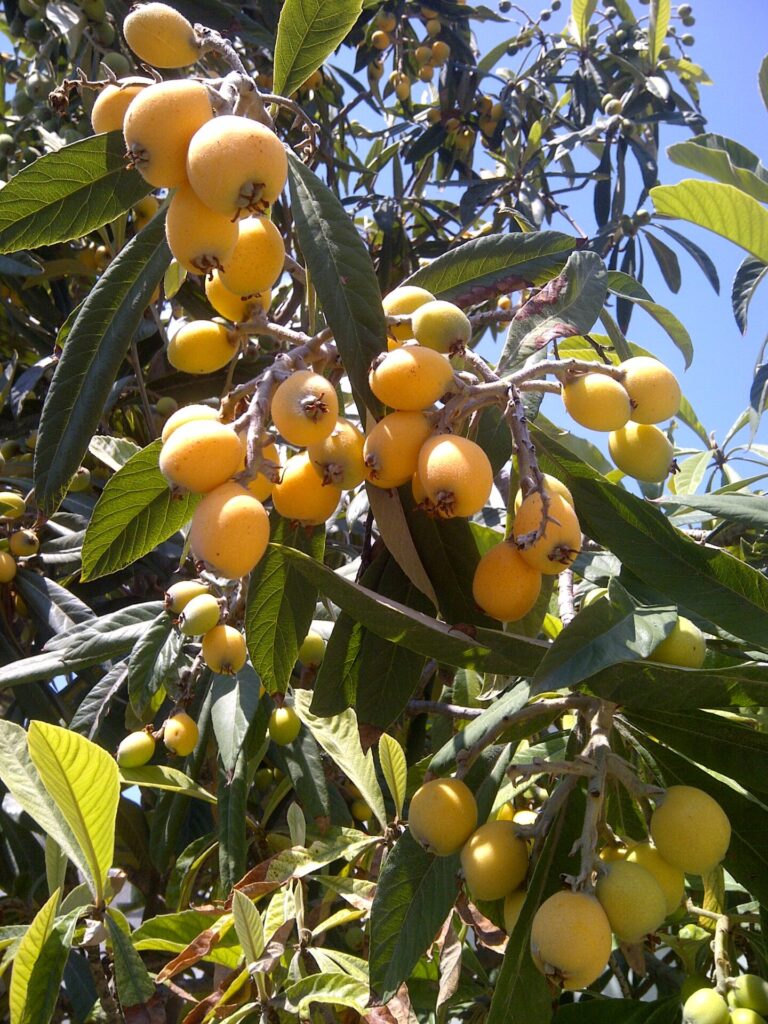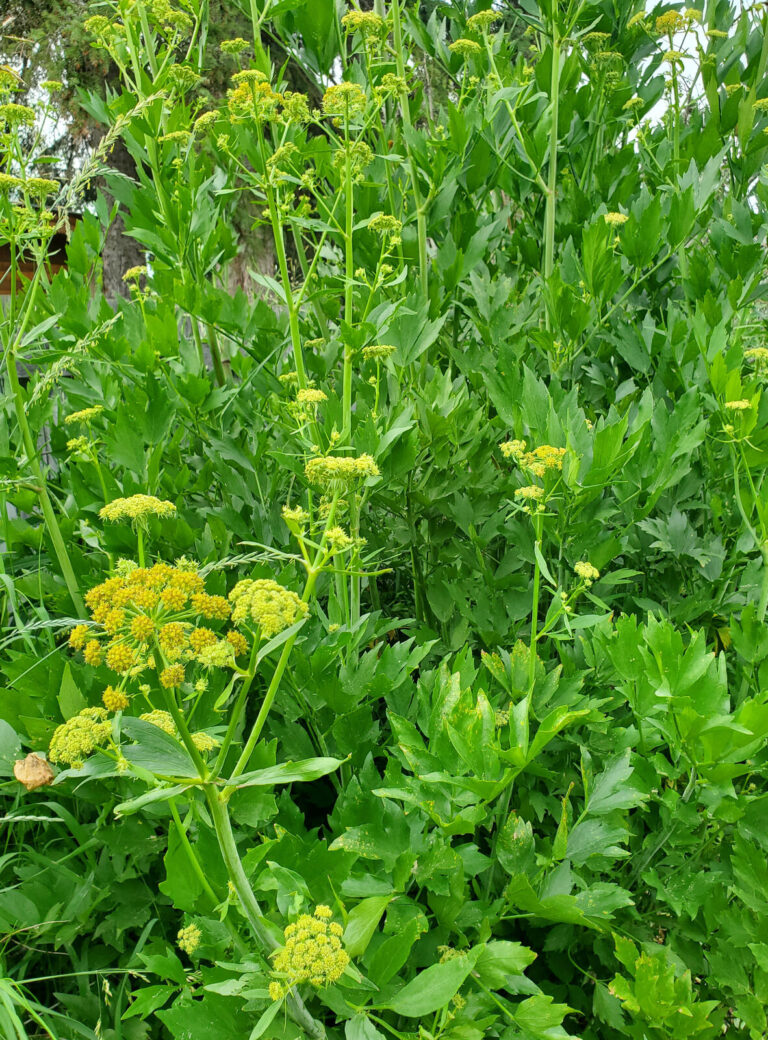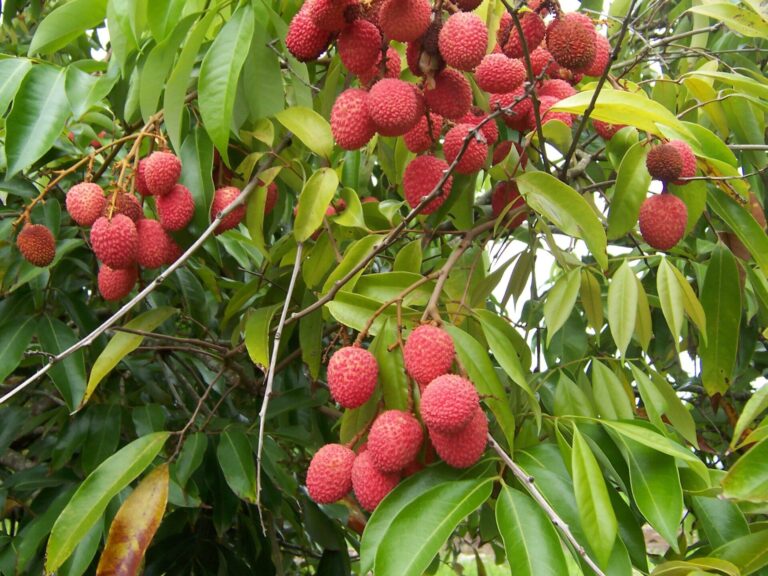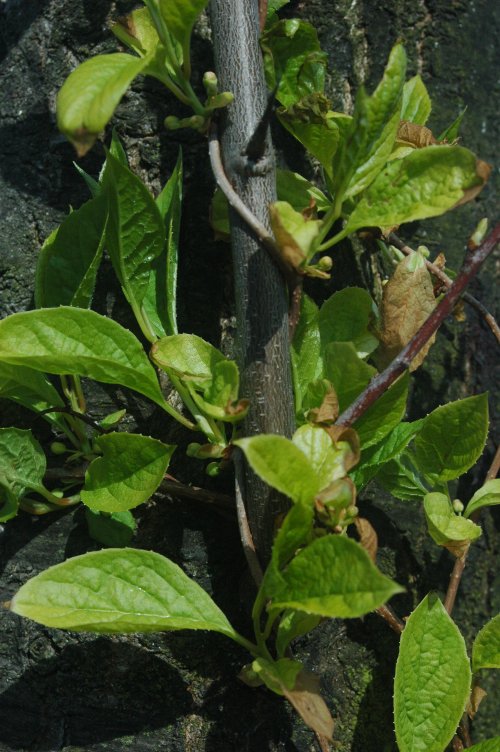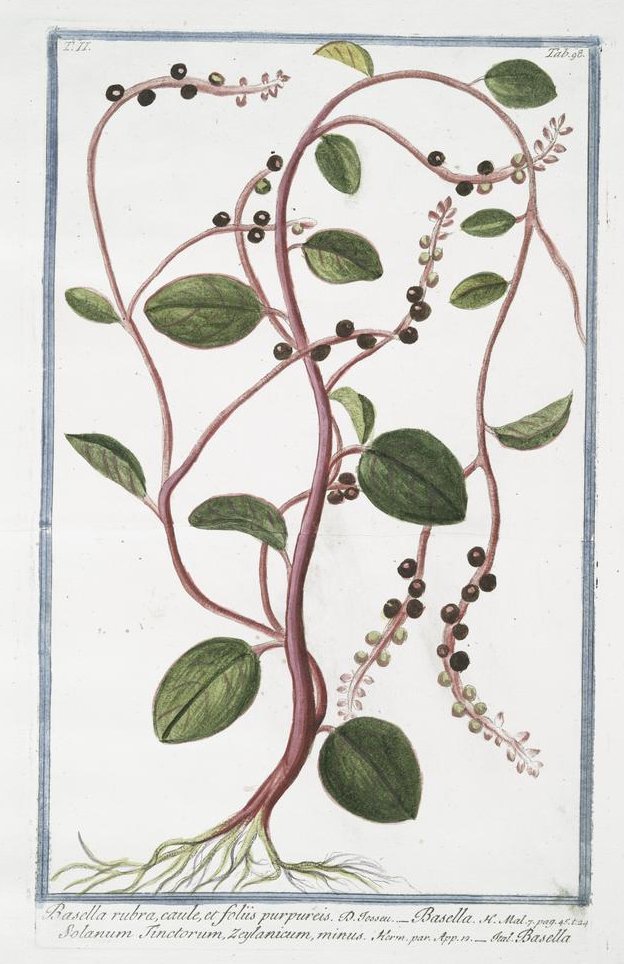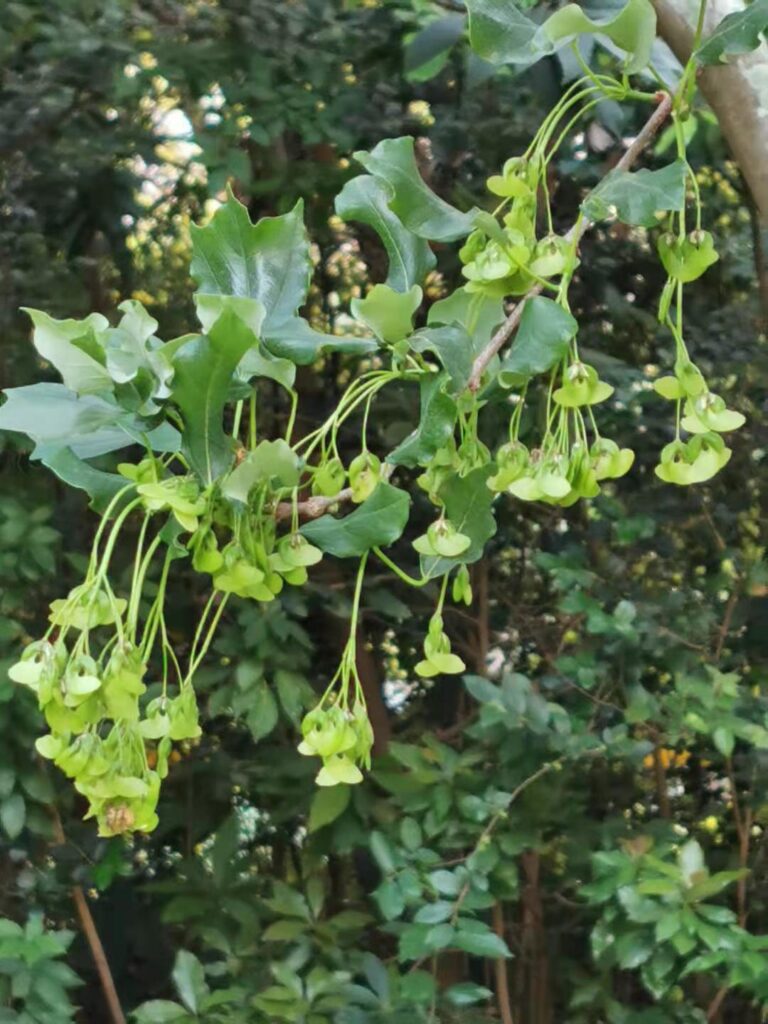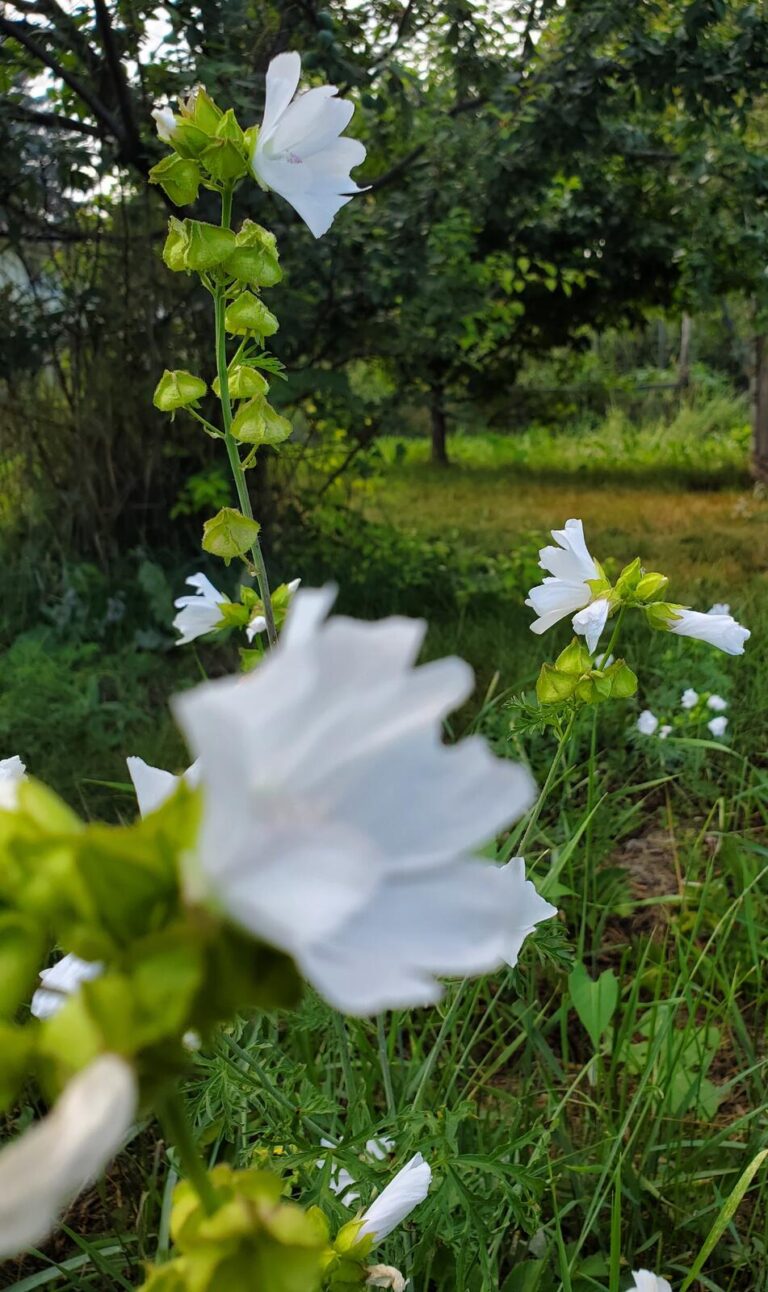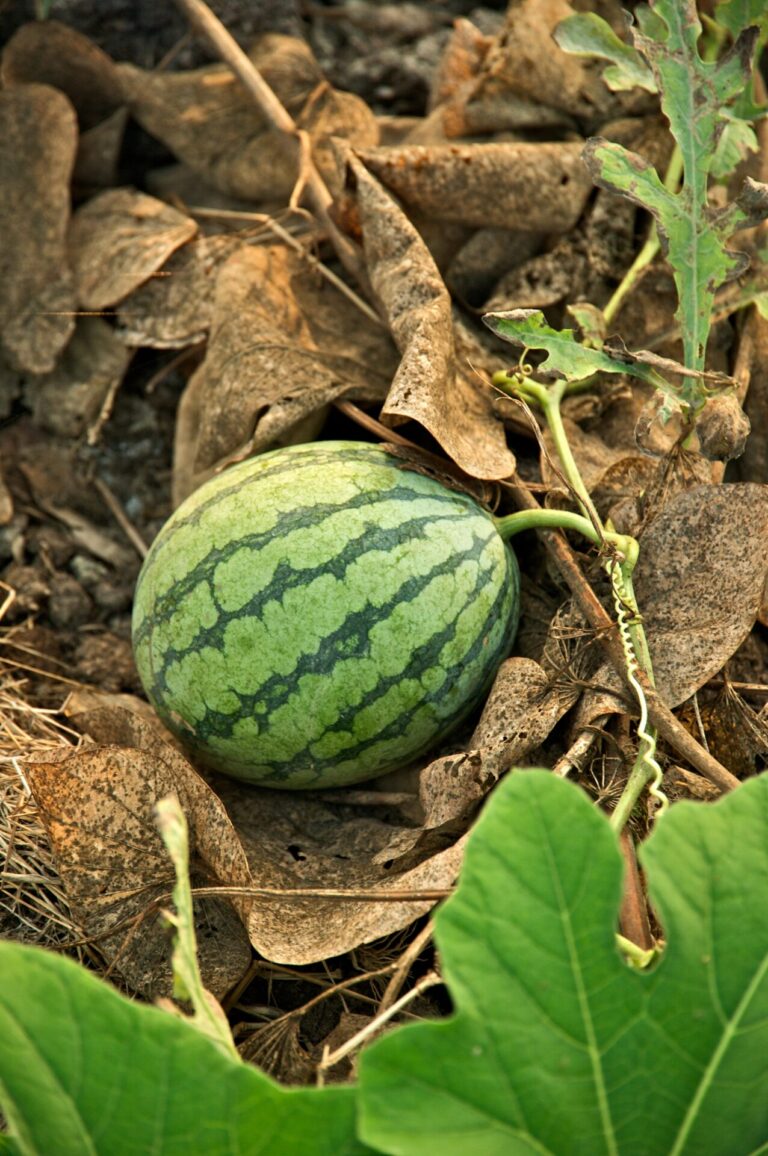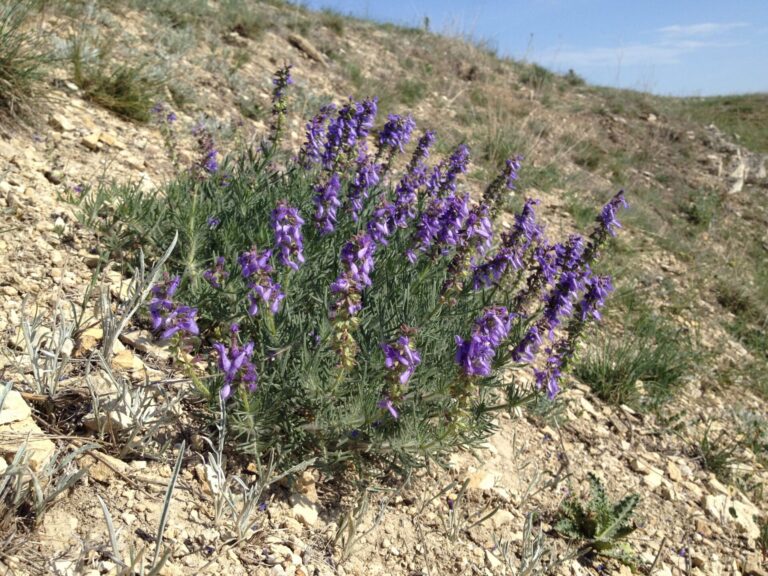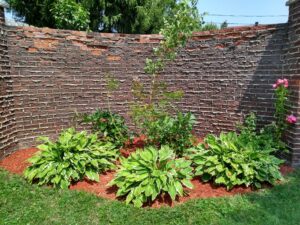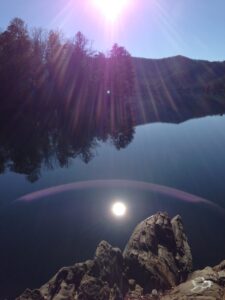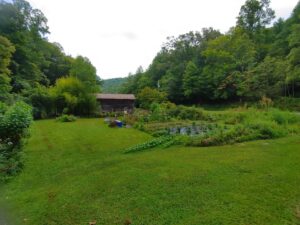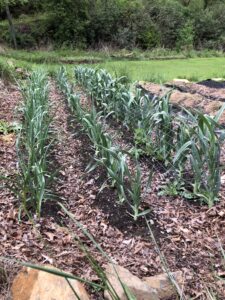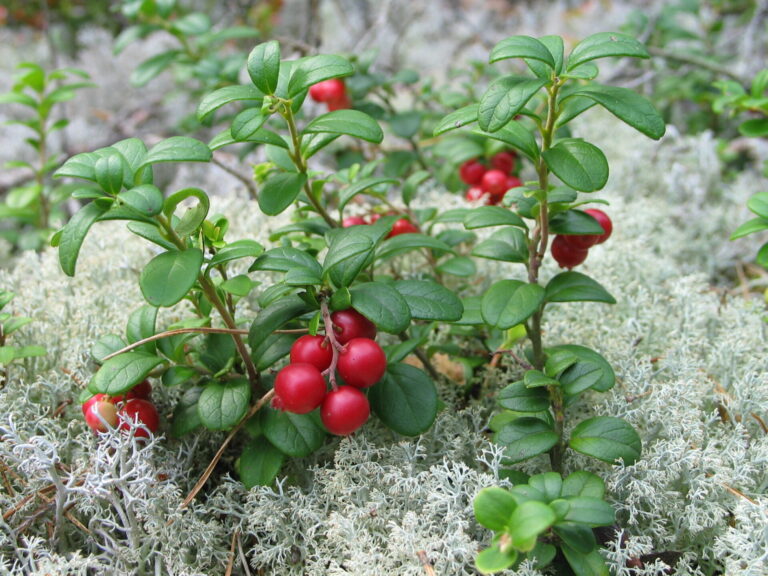
Lingonberry
This bush is from the family Ericaceae. Lingonberries are also referred to ascowberries, mountain or lowbush cranberries, red bilberries or whortleberries. They are a closerelative of the cranberry and blueberry. Leaves of the lingonberry are shiny on a low-growingevergreen shrub that reaches from 12-18 inches (30-46 cm.) high and 18 inches across. They areself-pollinating so you only need one plant to get fruit. It blooms are very dainty bell shaped flowersin white or pink. In the Americas, a dwarf variation is more common. It grows to be only 4-6″ inheight, and plants spread to roughly 12″ across.

